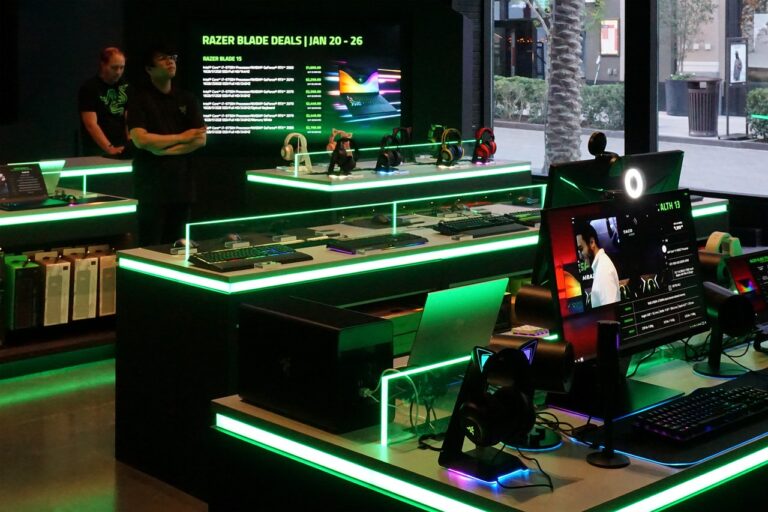Gaming PC monitors are much more than just display devices. They integrate advanced technologies to offer an immersive and responsive gaming experience. Understanding the secrets of this tool is essential to not only choose it well but also use it well.

The usefulness of Overdrive
Overdrive is a technology found on many modern displays that aims to reduce pixel response time. This feature speeds up the transition of pixels from one color to another, minimizing the appearance of blur. However, setting a display’s overdrive too high can result in visual artifacts such as halos around moving objects. So, it’s important to find the right balance between responsiveness and image quality for the best viewing experience.
The advantage of screens with IPS (In-Plane Switching) panels
IPS panel displays are often preferred for their accurate color reproduction and wide viewing angles. However, there are different types of IPS panels with specific characteristics.
The fast IPS
This variation of IPS improves pixel response time, reducing motion blur effects. Ideal for fast-paced games, fast IPS maintains color quality while providing increased responsiveness.
The nano IPS
It integrates nanoparticles into the pixel matrix and aims to improve color accuracy and screen brightness. It is an optimal choice for gamers demanding on visual quality.
IPS glow
With this type of IPS, the lighting is not optimal, because for screens that have this type of IPS, the light seems to emanate from the corners of the screen in low light conditions. However, a good balance can be found by adjusting the lighting settings of the room.
The importance of adaptive sync (G-Sync and FreeSync)
Adaptive sync is a major step forward in eliminating screen tearing and stuttering during gameplay. G-Sync (developed by NVIDIA) and FreeSync (developed by AMD) dynamically adjust the screen refresh rate based on how the graphics card is rendering frames. This eliminates sync issues and ensures a smoother gaming experience.
However, it is important to note that G-Sync only works with NVIDIA graphics cards, while FreeSync is designed for AMD cards. However, some recent displays offer cross-compatibility.
The importance of high-resolution
The resolution of a screen determines the level of detail of the images displayed. Common resolutions are 1080p (full HD), 1440p (quad HD), and 4K (ultra HD). The choice of the resolution of the pc gamer screen must be made according to the power of the graphics card and the preferences of the player. Note that a higher resolution offers sharper visuals, but also requires more graphics processing power.
It should be remembered that modern games generally support higher resolutions, providing a more immersive visual experience.


















